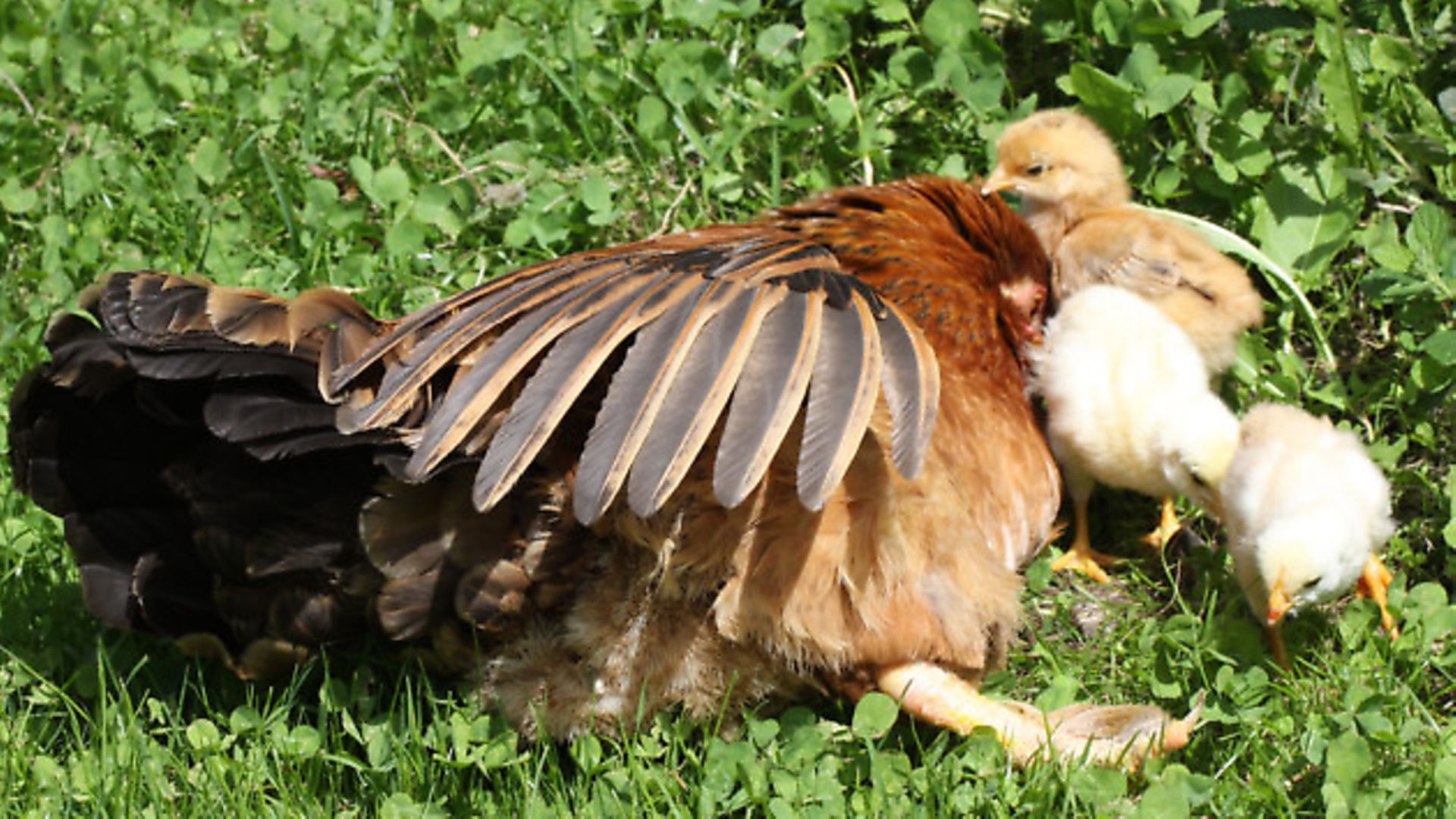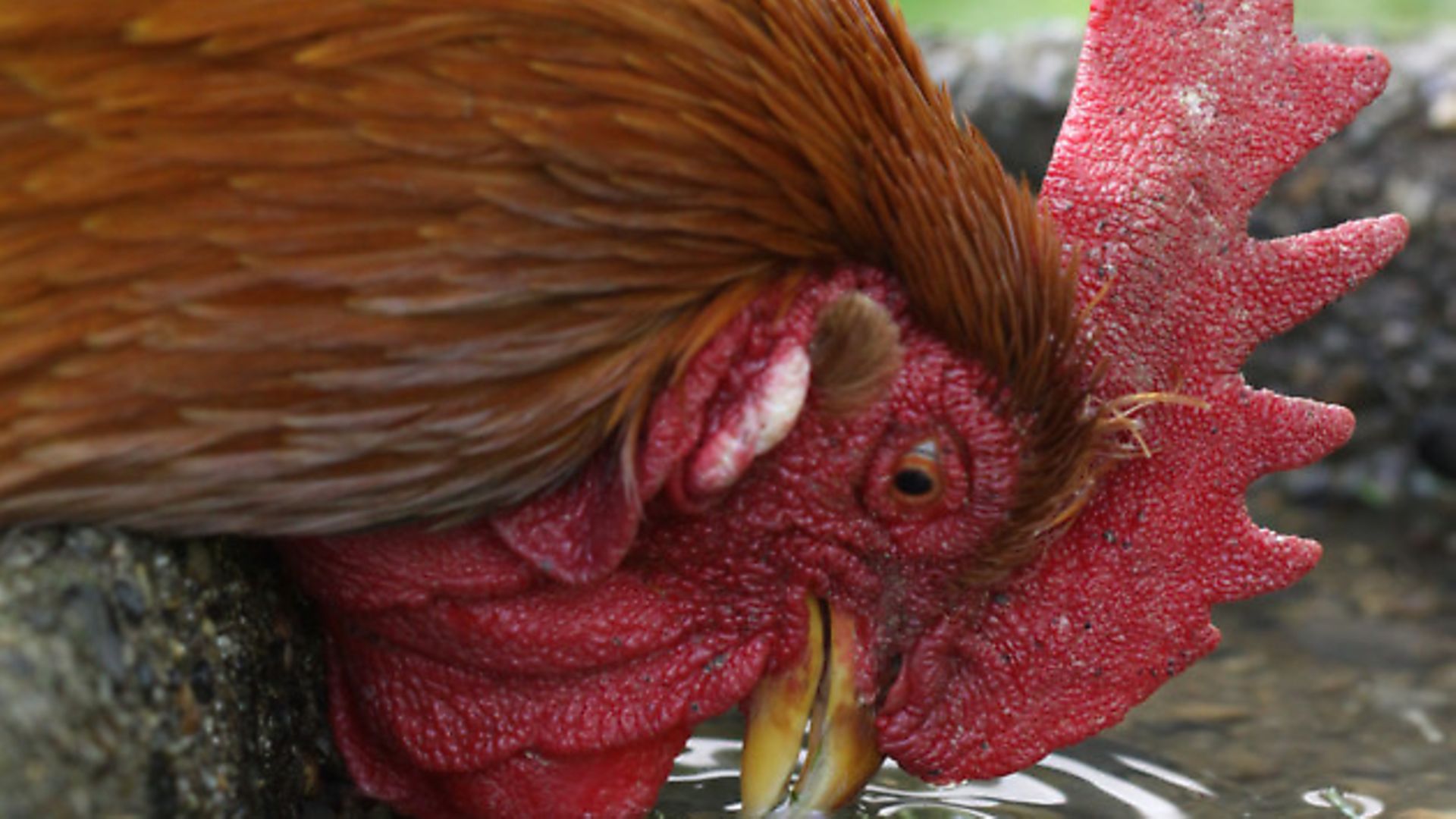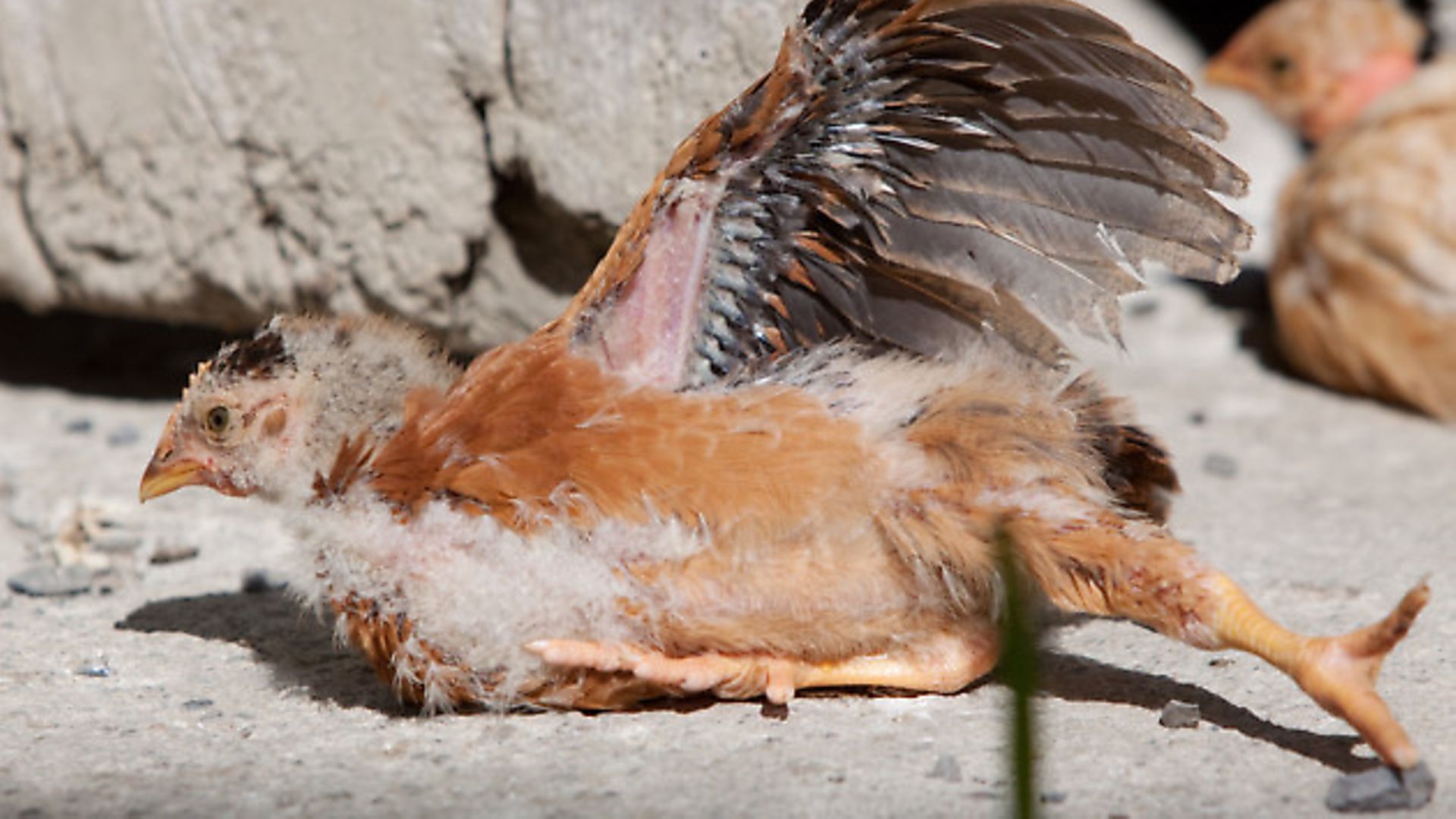Water is absolutely vital for your chickens. Julie Moore explains

Water; it’s the most important nutrient to the overall health of your hens and also the most over-looked by backyard keepers. As chickens can survive longer without food than they can without water, restricting access to clean, cool water will cause detrimental effects faster in your flock than restricting any other part of your flock’s diet.
Just like our watery bodies, a chicken’s body consists of 70 per cent water. A loss of just 10 per cent of that water will result in the bird dying whilst a single day without water will cause a layer to stop laying. Water is involved in every aspect of animal metabolism. It plays an important role in digesting foods, eliminating waste and regulating body temperature.
Mother Nature designed chickens to swallow whole seeds and bugs. As soon as a bird picks up food, digestion begins. Saliva, which is largely water, lubricates the food, helping it pass down the oesophagus into the crop. Sufficient water is needed to soften the food in the crop so that it can be broken down into nutrients that can be absorbed in the chicken’s digestive tract. Dry feed can form clumps in the crop which can press on the bird’s carotid artery, restricting blood flow to the brain, causing paralysis and possible death. Undigested food moves from the small intestine to the large intestine, the primary function of which is to absorb the remaining water and helps the birds maintain their body water balance. When a chicken has diarrhoea, the food and water pass through the large intestine too quickly for the water resorption to occur and causes dehydration.
Water plays a critical role in regulating a chicken’s body temperature. Chickens have no sweat glands and must rely on other means of losing heat as temperatures rise. In hot weather you may see your hens panting which drives off body heat in the form of water vapour. When panting, a hen inhales cool air into her respiratory system. Heat that would otherwise be making the chicken’s body warm is instead used to convert water into water vapour that the chicken then exhales in its breath. This drives off excess body heat and helps keep the chicken cool. Whilst panting has a cooling effect, it causes birds to become thirstier.

Birds also attempt to increase evaporation by spreading their wings, allowing more air to penetrate the insulating feathers and reach the skin.
During hot weather, it’s imperative to provide unlimited access to fresh, cool, clean water so that your flock can properly regulate their body temperature. Without sufficient water, birds will begin to exhibit signs of heat stress which can be life threatening.
Whilst water is regarded as the most essential nutrient in a bird’s diet, there’s no hard and fast rule as to the amount of water a bird will consume on any given day. As water and food consumption are interdependent, you’ll generally find a bird will consume approximately twice as much water as feed at normal temperatures, but as summer temperatures rise, water intake can double, triple or even quadruple! Likewise, if water intake is reduced, food consumption will be reduced too.

Water intake can be restricted in two ways. Firstly, water may not be available. Most backyard keepers supply water by means of manually filled and cleaned v-troughs or bell type drinkers. Whilst these drinkers are effective if well-maintained, they often become clogged with litter and other debris, limiting access to water and require constant re-filling during hot weather. Nipple watering systems allow access to fresh, clean, cold water on demand and are used on a commercial basis.
A research paper published by the Department of Zoology, Oxford University in 2008 investigated the welfare implications of nipple drinkers for broiler chickens. The paper concluded that chickens prefer bell drinkers and troughs over nipple drinkers when the nipple drinkers were positioned above the birds’ heads, but when offered a choice between bowls and nipples of the same height, chickens were indifferent to the method of water presentation. Therefore, the height at which water is presented is more important to them than whether they can drink with the natural ‘scoop’ action.
If you do change to a nipple system, do not remove the bell or trough drinkers until your hens are accustomed to drinking from the nipples.
Secondly, water may be unappealing. Many chicken keepers simply look to see if drinkers are clear and free-flowing and forget to take into account factors like water temperature or fail to notice changes in water intake. Chickens generally consume more water when it is at cooler temperatures — warm water is often rejected even if it’s clean. Birds often consume less water if it has an off-taste, perhaps from pollutants or additives. Water additives used to deliver medications or nutritional supplements are popular and can be effective, but monitor water intake to ensure that levels remain normal.
The source of drinking water can also affect palatability. Ideally, drinking water should be clear, colourless, odourless and tasteless and contain no bacteria.
By providing an unlimited supply of clean, fresh, cool water you will be maintaining the overall good health and performance of your flock. As Leonardo de Vinci said, “Water is the driving force of all nature.”
Fact: Laying hens need a plentiful supply of water to lay eggs. As an egg consists of approximately 75 per cent water, without access to a clean supply of water a hen will be physically unable to produce eggs.
Top Water Tips
• Change the water every day;
• Make sure watering devices are free from dirt, debris and droppings;
• Clean watering devices regularly to prevent bacteria from building up in the water;
• Provide sufficient water for your flock;
• During hot weather, provide clean, cool water throughout the day, adding ice cubes can help to lower the water temperature;
• If you use well water, test the water quality regularly — water quality can change over time.
Image(s) provided by:
Archant
Archant
Archant







